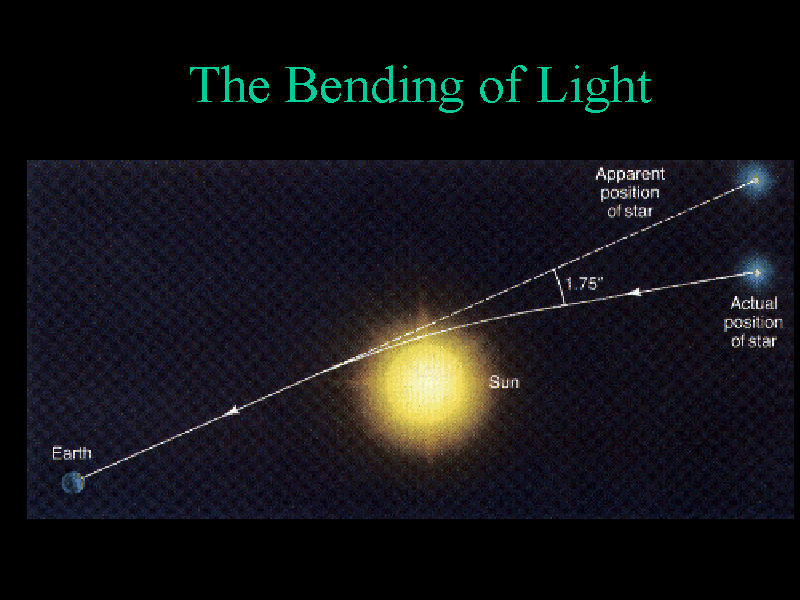

Scientists compare general relativity’s predictions of this effect, called gravitational redshift, to the measured wavelengths of incoming light from stars like S0-2 to test whether the theory holds true.Ī number of factors other than gravity can influence redshift, however, including if an object is moving away or toward the observer. The result is that the observed light has lower energy-a lower frequency and longer wavelength-producing a redder spectrum. When a star moves close to such a black hole, photons of emitted light are pulled into the field, and the light that escapes and makes it to Earth must climb out of the black hole’s gravitational well. But light is also affected by gravitational forces, bending as it moves through the warped spacetime around a massive object.Īccording to general relativity, supermassive black holes like Sagittarius A* create a large curve in spacetime, producing an extremely strong gravitational field. We perceive this effect as gravity-an apple falling off a tree. Massive objects, like stars and black holes, warp this fabric to stretch distances and slow time, pulling surrounding objects toward them. This is the first star that has enough measurements to test Einstein's General Relativity around a supermassive black hole.Įinstein’s general theory of relativity describes the three dimensions of space and the one dimension of time as inherently bound up in a “fabric” of spacetime. Highlighted is the orbit of the star S0-2. Image of the orbits of stars around the supermassive black hole at the center of our galaxy. “You want to test the theory in as extreme as environment as you can … to essentially push the theory harder than what we might have predicted,” says Tuan Do, a research scientist at UCLA specializing in the galactic center and lead author of the study. In a study published today in Science, an international team of astronomers reports that the star’s behavior agrees with Einstein’s theory of gravity, confirming that general relativity still holds up in the region surrounding a supermassive black hole-at least for now.


By imaging the star’s position and measuring the spectrum of its light, researchers hope to determine whether S0-2’s orbit around the black hole matches the path predicted by general relativity. One star in particular, S0-2, gets so close to Sagittarius A* that astronomers have found it to be one of the best natural laboratories for testing the limits of our fundamental theory of gravity: Einstein’s general relativity.įor more than two decades, astrophysicists have been tracking the movements of S0-2 to better understand the workings of gravity and put Einstein’s theory to the test. In fact, the gravitational pull of Sagittarius A* is so intense that it warps the light from these stars when they stray too close, stretching the wavelengths toward the red part of the electromagnetic spectrum. As these few dozen stars, called S-stars, approach the black hole-which is about four million times more massive than the sun-its immense gravitational force whips them around faster than 16 million miles per hour. At the center of the Milky Way galaxy, nearly 26,000 light-years away, a cluster of stars circles close to the supermassive black hole known as Sagittarius A*.


 0 kommentar(er)
0 kommentar(er)
